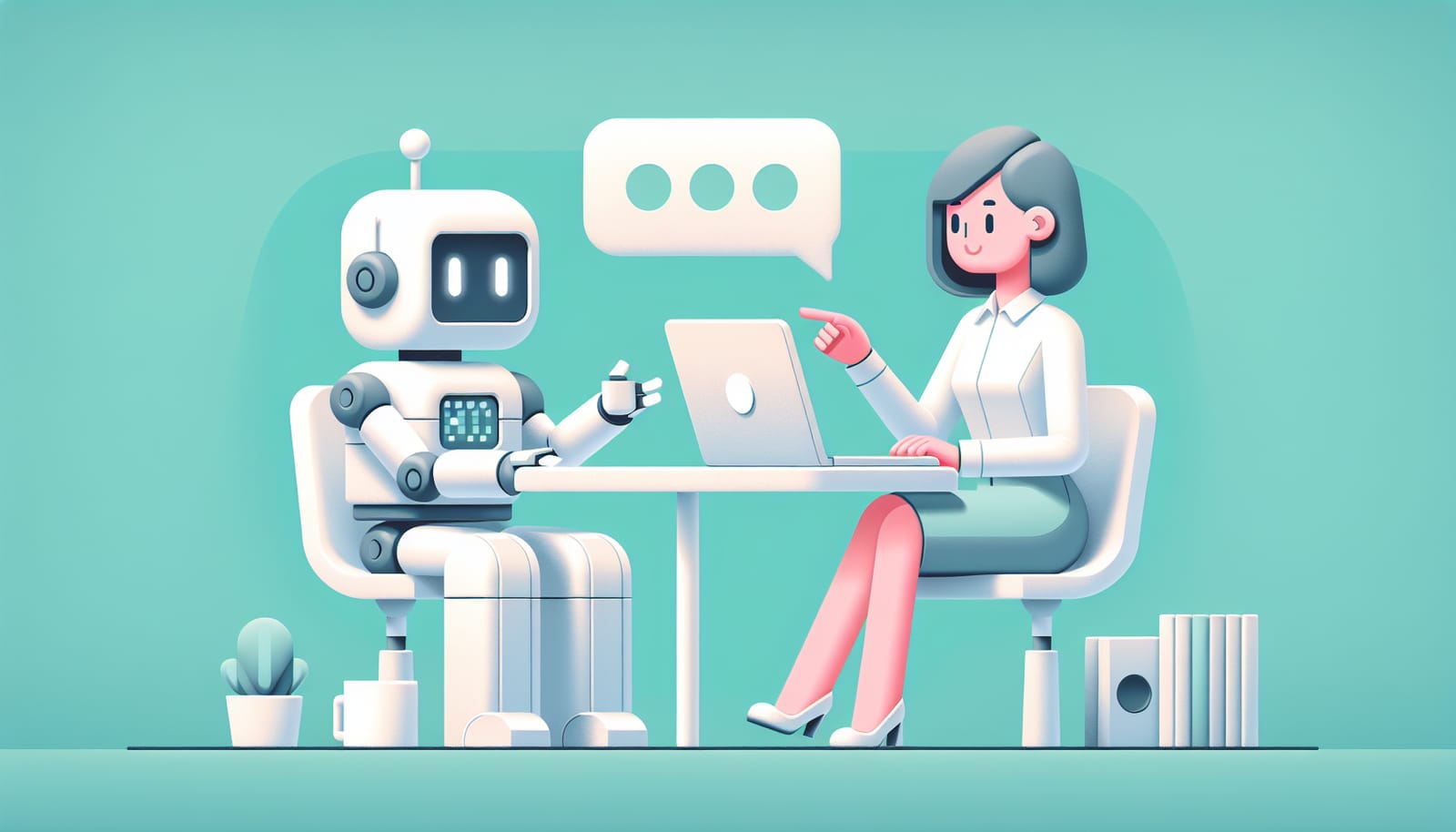Artificial Intelligence (AI) is a fascinating field that has transformed the way we live, work, and interact with the world. One of the most intriguing capabilities of AI is its ability to detect patterns—some of which may go unnoticed by human eyes. In this article, we will delve into how AI identifies these hidden patterns, making sense of vast amounts of data and offering insights that can change our understanding of everything from health to art.
What Are Patterns?
Before we explore how AI detects patterns, let's first define what we mean by "patterns." A pattern is essentially a regularity or a sequence of events that can be observed in data. This can include anything from the way certain colors appear together in a painting, to the trends in stock market prices, or even the behaviors of animals in the wild. Patterns can be simple, like the stripes on a zebra, or complex, like the changing climate over decades.
Understanding patterns helps us make predictions. For instance, if we notice that it usually rains in May, we can prepare our umbrellas in advance. Similarly, AI uses patterns to make predictions about future events based on historical data.
How Does AI Detect Patterns?
AI employs various techniques to detect patterns in data. The most common methods involve machine learning, a subset of AI that allows computers to learn from data without being explicitly programmed. Here’s a simplified breakdown of how this works:
Data Collection: The first step is gathering data. This could be anything from photos, text, numbers, or even sounds. The more data, the better!
Data Cleaning: Not all data is useful. AI systems often need to clean up the data by removing inaccuracies or irrelevant information. Think of it like sorting through a messy room to find your favorite toy.
Feature Extraction: This step involves identifying the most important aspects of the data that will help the AI understand it better. For instance, when analyzing photos of cats and dogs, the AI might focus on features like fur length, ear shape, and facial structure.
Training the Model: Once the data is ready, AI is trained on it. This is done using algorithms that allow the AI to find patterns and make predictions. For example, if the AI sees many pictures of cats and learns their features, it can recognize a new picture as a cat or not.
Making Predictions: After training, the AI can analyze new data and make predictions based on the patterns it has discovered. This can be used in various applications, from recommending movies to detecting diseases in medical images.
Real-World Applications of AI Pattern Detection
AI’s ability to detect patterns has led to groundbreaking applications across various fields. Let’s look at a few examples:
1. Healthcare
In the medical field, AI analyzes patient data to identify patterns that could indicate diseases. For instance, AI can process thousands of X-rays and detect early signs of conditions like pneumonia or cancer that might be missed by human radiologists. By recognizing patterns in symptoms and test results, AI can help doctors make better diagnoses and treatment plans.
2. Financial Services
In finance, AI detects patterns in market behavior and trading. By analyzing past data, AI can predict stock market trends, helping investors make informed decisions. This capability also extends to fraud detection, where AI identifies unusual patterns in transactions that may indicate fraudulent activity.
3. Retail and Marketing
Retailers use AI to analyze customer data, recognizing patterns in shopping behavior. This allows businesses to personalize recommendations, optimize pricing, and manage inventory effectively. For instance, if a customer frequently buys running shoes, the AI can suggest related products, like running socks or fitness trackers.
4. Climate Science
AI is increasingly used in climate science to detect patterns in weather data. By analyzing historical climate data, AI can help scientists predict future climate changes, allowing for better preparedness and response strategies against natural disasters.
The Challenges of Pattern Detection
While AI is powerful, it does face challenges in pattern detection. One major issue is bias in data. If the data used to train AI contains biases, the predictions made by AI can also be biased. For example, if an AI is trained on data that predominantly features images of a specific demographic, it may struggle to accurately recognize individuals from underrepresented groups.
Moreover, AI sometimes overfits data, meaning it becomes too tailored to the training data and fails to generalize to new data. This is like learning to ace a specific exam without understanding the subject matter; when faced with a different test, the knowledge may not apply.
The Future of Pattern Detection with AI
As technology continues to evolve, the potential for AI to identify patterns will only grow. Advancements in algorithms and increased access to data will enhance AI’s capabilities, making it even more effective in various applications. Imagine a future where AI can predict health issues before they arise, optimize energy consumption, or even contribute to groundbreaking scientific discoveries.
The key to unlocking this potential lies in responsible AI development, ensuring that ethical considerations are at the forefront. As we harness the power of AI to detect patterns, we must also be mindful of its implications, striving for a future where technology serves humanity in the best possible way.
AI's ability to detect patterns opens up a world of possibilities. From healthcare to finance, the insights gained from AI can lead to significant advancements in how we understand and interact with the world. As we continue to explore this exciting field, remember that the patterns AI uncovers today may shape the innovations of tomorrow.
Whether you're a student, a professional, or just curious about technology, understanding how AI detects patterns can inspire you to think critically about the data that surrounds us. Who knows? The next pattern you uncover might just lead to the next big breakthrough!


